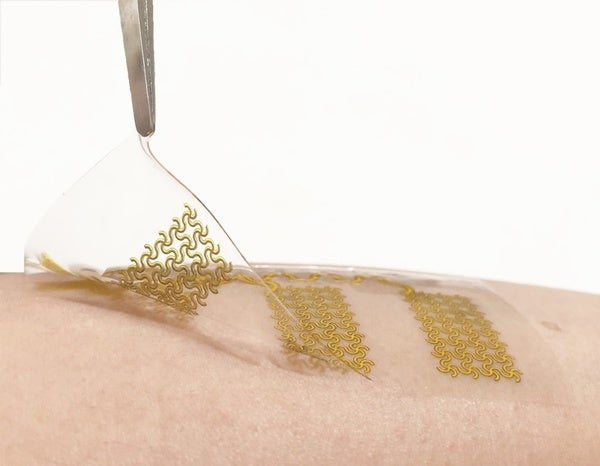 |
| July 05, 2022 |
Dear Reader,
Human skin excels at detecting and responding to the outside world. That's why researchers have spent decades trying to replicate its abilities in "electronic skin" that could be used to coat robots or better connect people to their wearable devices. Now new advances in stretchable materials and shrinking electronics are bringing robotic skin closer to reality. |
| | Sophie Bushwick, Associate Editor, Technology
| |
 |
| |
| |
| |
| Artificial Intelligence Who Is Liable when AI Kills? We need to change rules and institutions while still promoting innovation to protect people from faulty AI | | By George Maliha,Ravi B. Parikh | | | |
| |
| |
| |
| |
| |
FROM THE STORE
 | | Revolutions in Science Normally science proceeds in incremental steps, but sometimes a discovery is so profound that it causes a paradigm shift. This eBook is a collection of articles about those kinds of advances, including revolutionary discoveries about the origin of life, theories of learning, formation of the solar system and more. *Editor's Note: Revolutions in Science was originally published as a Collector's Edition. The eBook adaptation contains all of the articles, but some of the artwork has been removed to optimize viewing on mobile devices. |  | | |
| QUOTE OF THE DAY
 "They take off into the sky in perfect synchronization. Once they're about 50 feet up, their lights change to different colors of the rainbow and float around to form different shapes in midair." Matt Bloom, NPR | |
FROM THE ARCHIVE
 | | | |
LATEST ISSUES
 |
| |
| Questions? Comments?  | |
| Download the Scientific American App |
| |
| |






















